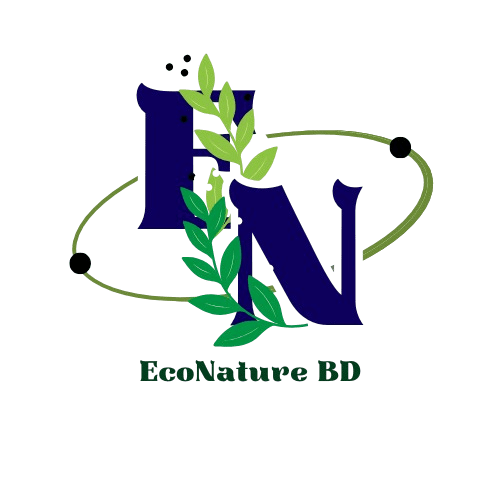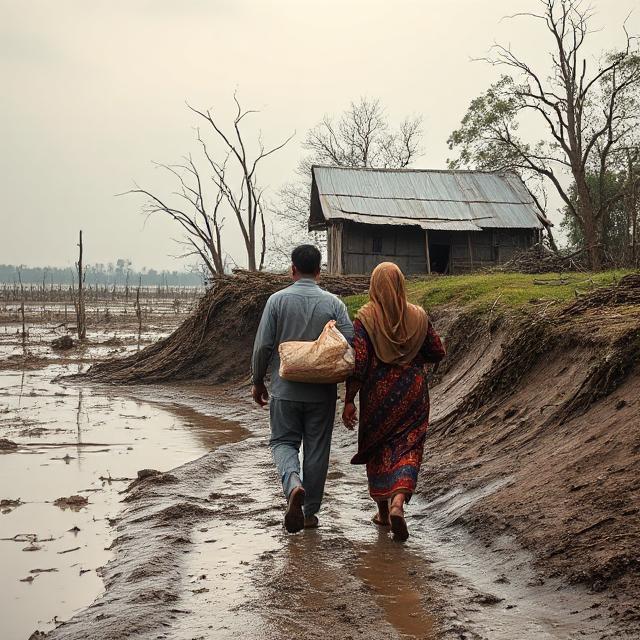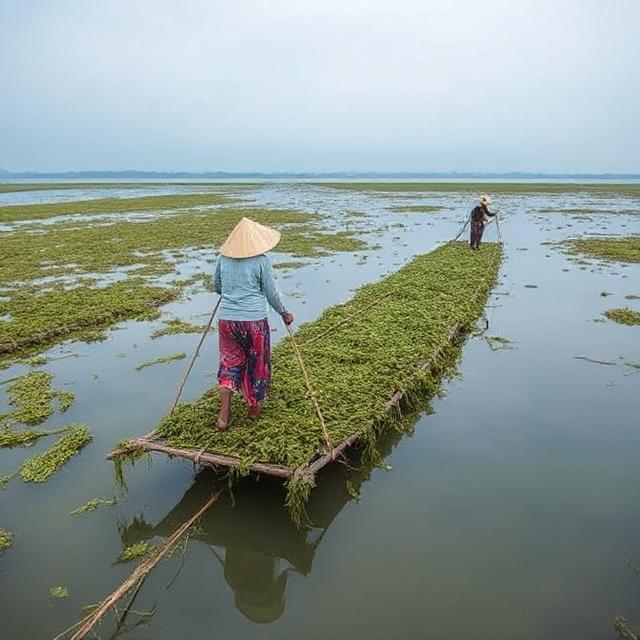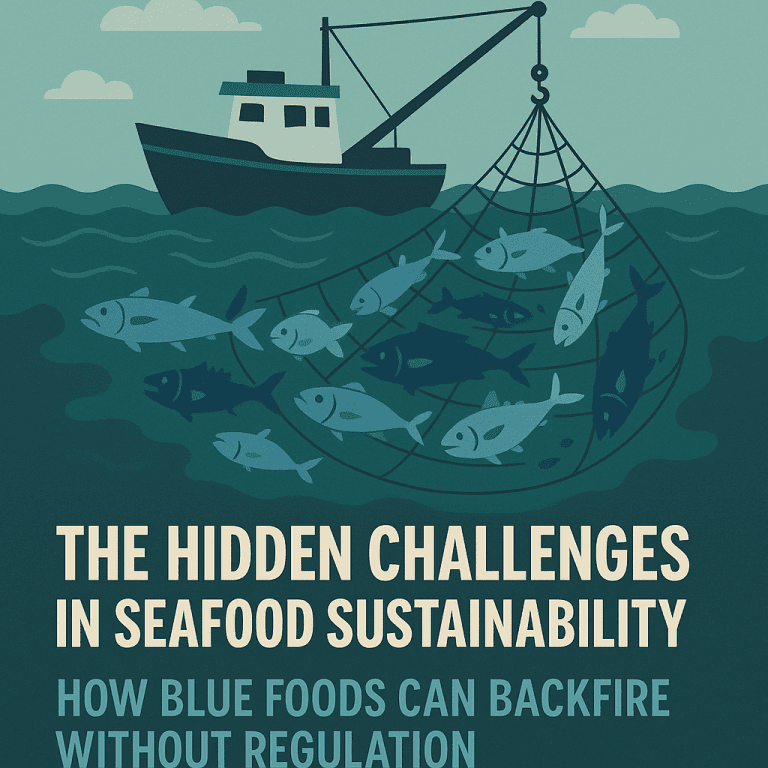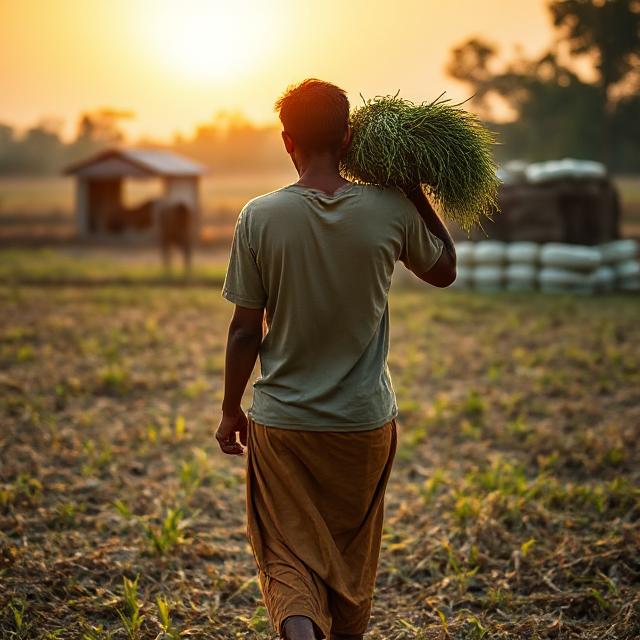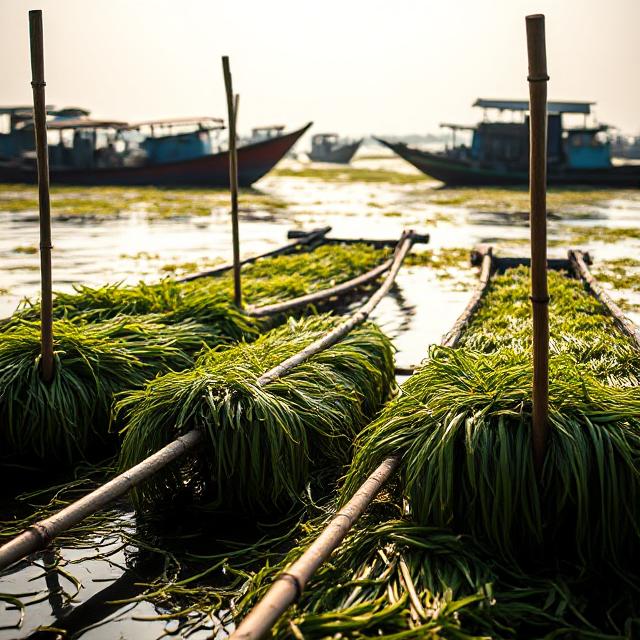Sustainable Livestock Farming in Bangladesh: Climate Resilience
Sustainable Livestock Farming in Bangladesh: Building Climate-Resilient Food Systems
In a densely populated nation like Bangladesh, the livestock sector is more than just an industry; it is the backbone of rural economies. It secures food and nutrition for millions of families. The Sustainable Livestock Farming in Bangladesh is a central issue for national development and poverty alleviation.
The sector provides vital animal protein, draft power, and manure for crops. It offers direct employment to about 20% and partial employment to 50% of the labor force (DLS, 2024). Livestock contributes around 1.80% to the national GDP and over 16% to the agricultural GDP, fueling rural livelihoods across the country.
However, this vital sector faces a severe and immediate threat: climate change. Increased temperatures, frequent cyclones, and rising salinity are devastating farms. We must urgently adopt climate-resilient systems. The challenge is clear: how can Bangladesh protect this key industry and ensure long-term food security? The solution lies in a holistic, data-driven approach to sustainable farming.
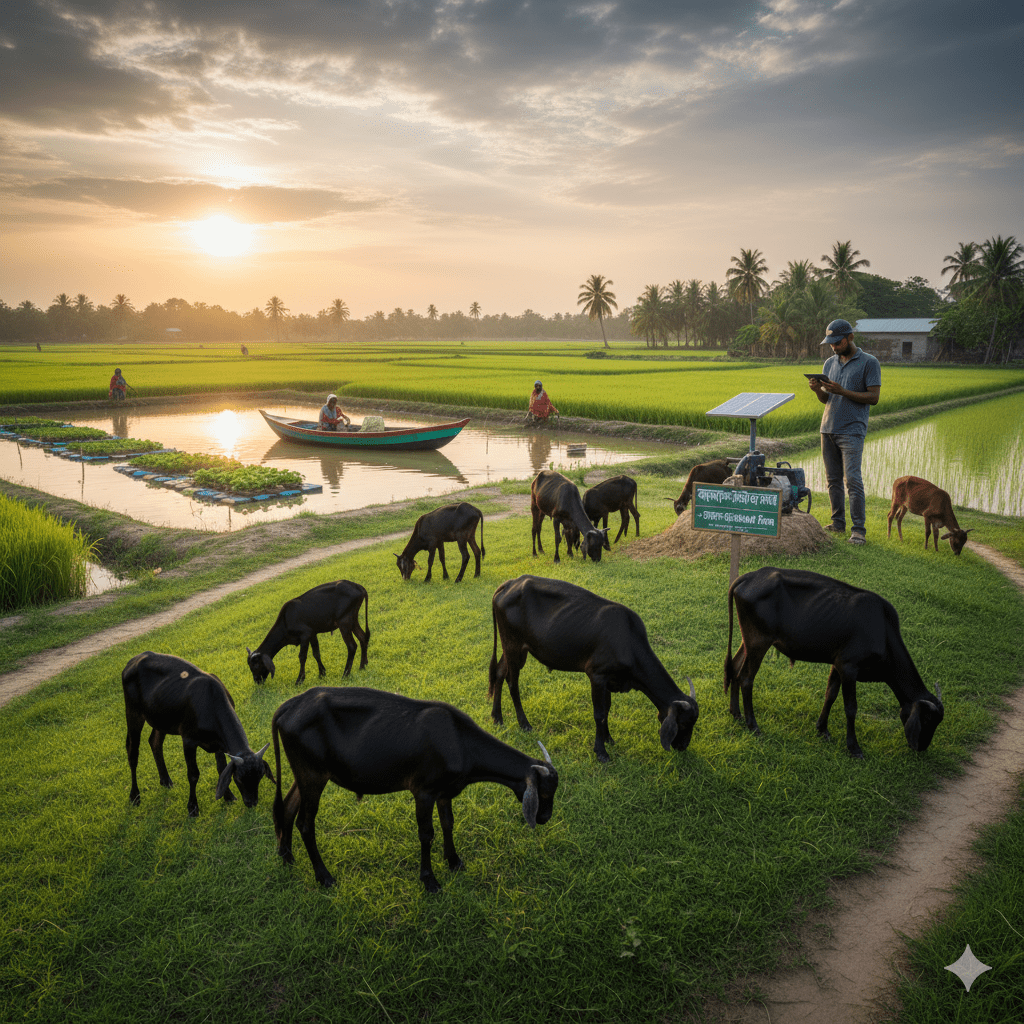
Why is Livestock So Critical for Rural Livelihoods in Bangladesh?
The livestock sub-sector is integral to the complex, mixed farming systems prevalent in Bangladesh. It provides continuous income and acts as a crucial safety net for smallholders and landless people.
Livestock resources are relatively well distributed, though most households nearly 78% rear animals (BBS, 2019). The poultry sector has driven remarkable growth, but milk and egg production still lag national demand. This shortage is a massive challenge for nutritional security in the country.
To explore this further, you can read our deep dive on the Agriculture and Livestock Fuel 60% of Rural Bangladesh.
The Looming Crisis: Climate Change Impact on Livestock Production
The growth of Sustainable Livestock Farming in Bangladesh is fundamentally jeopardized by global warming. The nation, ranking seventh on the 2021 World Climate Risk Index, is extremely vulnerable.
“Climate-induced disasters such as tropical cyclones, storm surges, and salinity intrusion are exacerbating stresses on the country’s tremendous development trajectory, impeding socioeconomic progress and human well-being.” – National Adaptation Plan (NAP) of Bangladesh 2023-2050.
How Does Climate Change Threaten Bangladesh’s Livestock Sector?
Climate change impacts the livestock sector in three major, interconnected ways. These threats diminish productivity and increase the economic risk for millions of farmers. This reality underscores the urgent need for climate-resilient food systems.
| Climate Impact | Effect on Livestock | Resulting Problem |
| Increased Temperature & Heat Stress | Decreased appetite, lower conception rates, increased body metabolism. | Reduced milk/meat/egg production and declining animal welfare. |
| Floods, Cyclones & Salinity Intrusion | Loss of animals, reduced fodder quality, and water-logging. | Fodder crisis, spread of water-borne diseases, and loss of animal assets. |
| Altered Rainfall Patterns | Unpredictable drought and uneven water supply. | Reduced availability and quality of drinking water and feed. |
In the coastal region of Khulna, high salinity is drastically reducing the availability of quality drinking water and grazing land. The traditional dairy economy here is facing an existential crisis.
To understand the specifics of this threat and the path forward, see our cluster article on the Crisis in Farms? Climate Resilient Livestock Farming is the Solution.
Core Resilience Strategies for Sustainable Farming
A genuine transition to Sustainable Livestock Farming in Bangladesh requires multi-faceted interventions. These strategies must be science-backed, locally relevant, and economically viable for smallholders. The World Bank has allocated significant investment—$259 million—to promote climate-smart practices in Bangladesh.
1. Are Indigenous Breeds the Key to Climate-Smart Resilience?
Yes, leveraging local breeds is a crucial adaptation strategy against climate shock. Indigenous animals possess superior natural resilience to heat stress and common local diseases.
- Black Bengal Goat (BBG): This small ruminant is highly adaptable to the tropical, humid climate. The BBG is a key asset for poor, marginal farmers, known as the “poor man’s cow.” It offers quick returns and contributes significantly to meat production.
- Local Cattle: While commercial breeds often yield more milk, local cattle breeds are less susceptible to climate hazards. Focusing on improving local germplasm is a more cost-effective and resilient long-term strategy for dairy and meat production.
2. How Can We Solve the Feed and Fodder Crisis?
Fodder scarcity is compounded by flood damage and saline intrusion into grazing land. Innovative, local-based nutrition solutions are mandatory for Sustainable Livestock Farming in Bangladesh.
- Improved Fodder Cultivation: Promoting climate-resilient, salt-tolerant fodder grasses is vital. CGIAR’s research initiatives often highlight the importance of improved fodder for smallholders.
- Agro-Industrial By-Products: Utilizing crop residues and by-products like rice and wheat straw, molasses, and oil cakes helps supplement animal diets. This simultaneously manages agricultural waste and addresses feed shortages.
You can find in-depth solutions in our dedicated article: Feed and Fodder Crisis in Livestock Farming: Local Solutions.
3. What is the Role of Integrated Farming Systems?
Integrated farming systems embody the true spirit of sustainability. They create closed-loop nutrient cycles, minimizing waste and maximizing resource use.
This integrated approach reduces reliance on chemical fertilizers and provides diversified income, offering greater financial security against climate-induced crop failures.
- Benefits: Ecologically friendly, improved soil fertility, optimized resource utilization, and increased profitability.
- Actionable Step: Government and NGO support is needed to scale up technical knowledge of integrated rice-fish farming in high-risk zones.
For related insights on economic growth, read about the Future of Dairy Value Chain in Bangladesh: Challenges, Gaps, and Growth Opportunities.
Building Resilience: Disease, Technology, and Policy
The move towards resilient food systems requires robust management of animal health, technology adoption, and policy alignment. Increased temperatures and altered rainfall directly contribute to the spread of vector-borne and zoonotic diseases.
4. How Can We Enhance Animal Health Resilience?
Warmer and wetter weather increases the risk and occurrence of serious animal diseases. This includes Bovine Respiratory Diseases and outbreaks like Foot & Mouth Disease.
- Proactive Surveillance: Establishing a robust, localized early warning system for disease outbreaks is essential. This aligns with a One Health approach, recognizing the link between animal, human, and environmental health.
- Vaccination & Veterinary Care: Budget allocations for the livestock sector often remain low (less than 1% of total outlay). Increased government and private investment is needed for quality drugs, vaccines, and veterinary infrastructure. Learn more about practical steps in Livestock Disease Management in BD: Challenges and Best Solutions.
5. Why is Youth Engagement Critical for a Sustainable Future?
Bangladesh boasts a youthful population, with about 30% aged 15–35. However, agriculture is often perceived as low-income and labor-intensive, leading to significant urban migration. The average age of farmers is now over 50 (CGIAR, 2025).
- The Agribusiness Opportunity: Young people are natural adopters of technology like precision farming tools. They are eager to embrace “Agripreneurship” in areas such as agri-logistics, vertical farming, and digital advisory services.
- Enabling the Shift: Policies must facilitate youth-friendly financing, land access (through innovative leasing models), and entrepreneurial training.
The future of Sustainable Livestock Farming in Bangladesh hinges on attracting this demographic. Dive deeper into this topic with Youth in Agriculture: Reviving Interest in Rural Farming.
6. What Local Tools are Already Driving Climate Adaptation?
Local communities are not passively waiting for aid; they are adapting with indigenous knowledge. This demonstrated Experience on the ground is key to true Authoritativeness in climate solutions.
- Floating Platforms: In the Haor regions, where inundation is a major threat, farmers use floating rafts to raise vegetables and fodder. This simple but ingenious method safeguards production during extensive floods.
- Elevated Shelter: Building plinth-raised homesteads and livestock sheds provides a safe refuge for animals during monsoons and storm surges.
These proven, localized strategies are highlighted in our article on Farmer Climate Solutions in BD: Local Tools for Real Change.
Want to Grow Food More?
The path to Sustainable Livestock Farming in Bangladesh is complex, but the steps are clear. It requires uniting scientific innovation with local wisdom, public policy with private investment, and current farmers with the next generation of Agripreneurs.
By promoting climate-smart practices, investing in animal health resilience, and building integrated farming systems, Bangladesh can secure its food systems against an uncertain climate future. This transformation is not just an environmental imperative; it is a direct investment in the livelihoods of half the country’s population and the nation’s long-term prosperity.
Partner with EcoNature BD for Sustainable Development
EcoNature BD is committed to supporting the transition to climate-resilient food systems in South Asia. We leverage deep local knowledge and global research standards to create scalable solutions.
Contact EcoNature BD to collaborate on your next environmental innovation project.
FAQ
Q1: What is the main barrier to Sustainable Livestock Farming in Bangladesh?
The primary challenge is the severe impact of climate change, specifically increased temperatures, floods, and salinity intrusion. This leads to reduced fodder availability, lower animal productivity, and a higher risk of disease, severely limiting the profitability for smallholders.
Q2: How does the livestock sector contribute to Bangladesh’s GDP?
The livestock sector contributes approximately 1.80% to the total Gross Domestic Product (GDP) and around 16.33% to the agricultural GDP (DLS, 2024). It is a vital sub-sector that ensures rural livelihood security and national protein supply.
Q3: What are examples of climate-resilient food systems for smallholders?
Climate-resilient systems include adopting and improving local, hardy breeds like the Black Bengal Goat. Another key example is practicing integrated farming (e.g., rice-fish-livestock models) and using elevated animal shelters in flood-prone areas like Khulna or Satkhira.
Q4: Why is the youth not engaging in the Bangladesh livestock sector?
Many youth perceive traditional farming as low-income and physically demanding, preferring city jobs. To revive interest, the sector needs to be modernized with AgTech, offer better access to finance, and rebrand farming as a prestigious Agripreneurship career.
Q5: What is the biggest animal health challenge due to climate change?
The biggest challenge is the increased spread and emergence of vector-borne and zoonotic diseases. Warmer and wetter conditions expand the geographical range of parasites and increase the frequency of major outbreaks, requiring better proactive surveillance and veterinary care.
